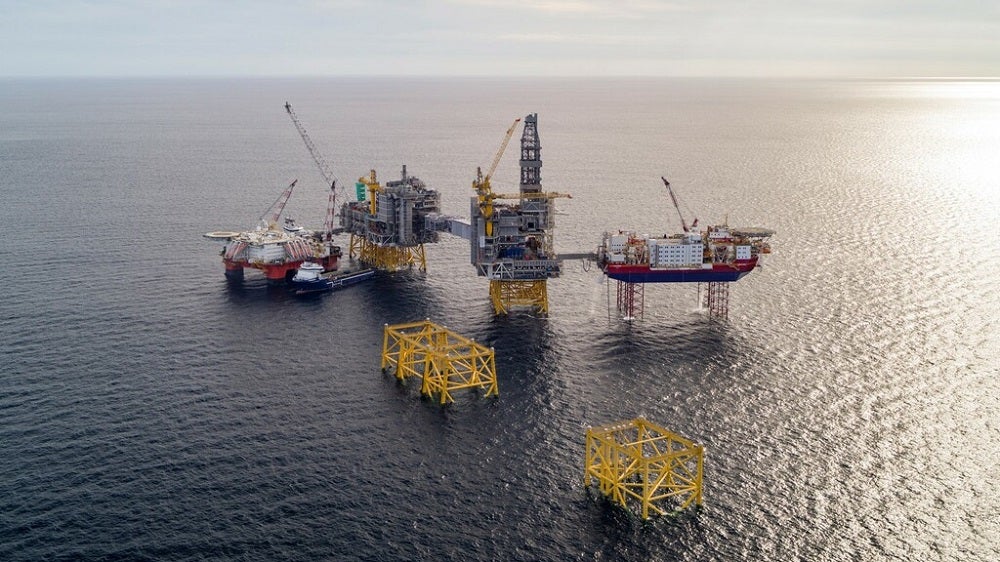
Equinor has slashed its first-quarter dividend by two-thirds as is grapples with the damaging effects of coronavirus on oil markets.
The state-backed Norwegian oil major will deliver $0.09 per share to investors for the first three months of 2020 – a 67% reduction compared to the fourth quarter of 2019.
The decision by the board of directors comes as part of a range of wider cost-saving measures being replicated across the industry as companies try to navigate the challenges being posed by the pandemic – including record-low demand, volatile prices and rapidly-decreasing storage space.
Equinor president and CEO Eldar Sætre said: “We have already taken forceful actions to strengthen our liquidity and financial resilience under the current circumstances.
“In this extraordinary market situation, we have now also decided to reduce the cash dividend for the first quarter.”
Equinor is the first major oil firm to announce a dividend cut for the quarter, but with economic pressures being felt across the entire market, it is a move that could be repeated by others.
The firm’s share price had gained almost 5% at 10am GMT, up to $12.58 per share after a brief drop to $12.33 per share in early trading.
Equinor dividend cut is part of wider cost-saving plan to insulate against pandemic pressures
The dividend reduction is the latest measure to be enacted by Equinor as it struggles to deal with the financial implications of the coronavirus-battered market, including the suspension of its $5bn share buyback programme, announced last month.
Like the majority of its Big Oil market peers, the Norwegian producer has also launched a sweeping cost-reduction plan, which includes $3bn in capital spending cuts and lower operating and exploration costs, as well as a $5bn bond issuance.
It hopes that, with an average oil price of $25 per barrel for the rest of the year, these actions will help it to achieve cash flow neutrality by the end of the year.
However, oil prices remain highly volatile amid decimated global demand brought on by the travel restrictions and subdued economic activity resulting from the pandemic.
Brent crude, the North Sea benchmark that is key to international trade, fell to a two-decade low this week, although has now recovered to just under $22 per barrel.
The International Energy Agency’s latest estimate is for a 9.3 million barrels per day (bpd) decline in global oil demand this year, with production surpluses “threatening to overwhelm the logistics of the industry”.
Rapidly-filling storage is a big logistical concern, as evidenced earlier this week when capacity limitations at the Cushing storage hub in Oklahoma, US, spooked traders into a selling frenzy for West Texas Intermediate (WTI).
The ferocious sell-off sent prices for the US crude oil benchmark plummeting to nearly minus $40 per barrel – the first time it has ever reached a negative value.
Actions to address the oversupply of oil in the market have been taken by Opec+ members, which agreed to cut their collective production by 9.7 million bpd during May and June – as well as lesser reduction through until 2022 – although whether this will be enough to offset the demand pressure remains uncertain, with some analysts saying deeper cuts are needed to rebalance the market.






